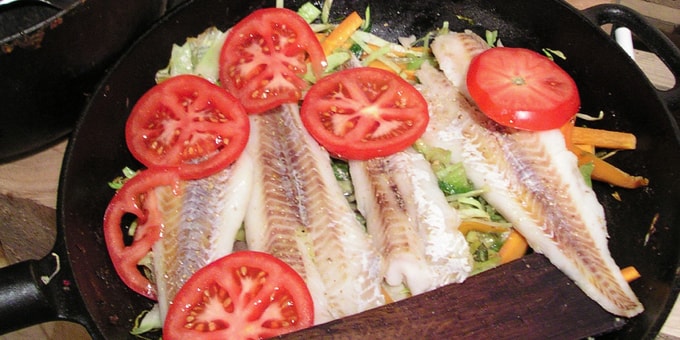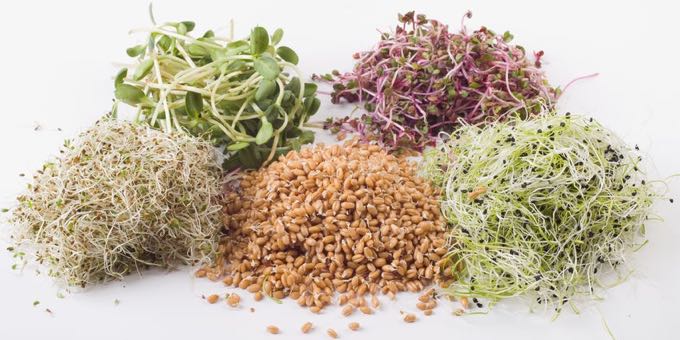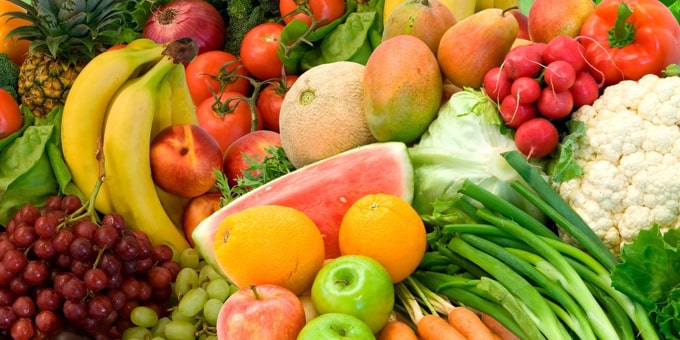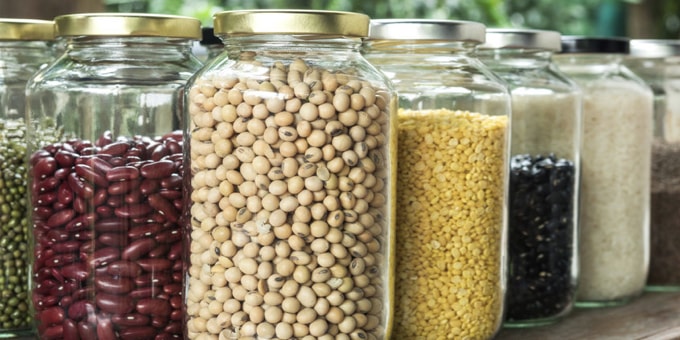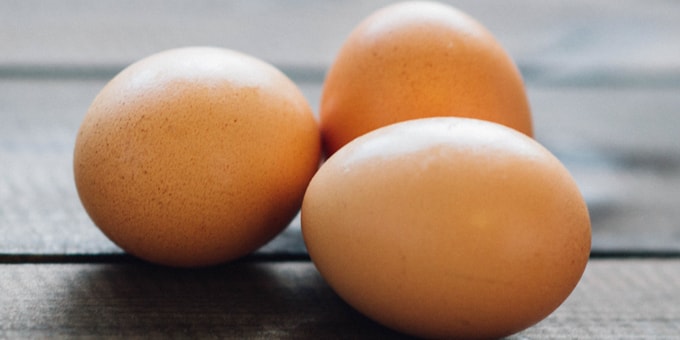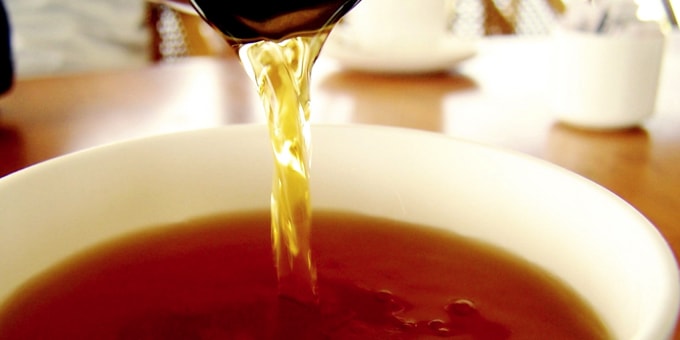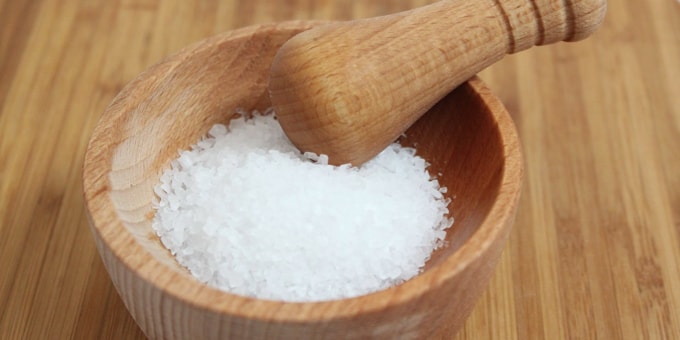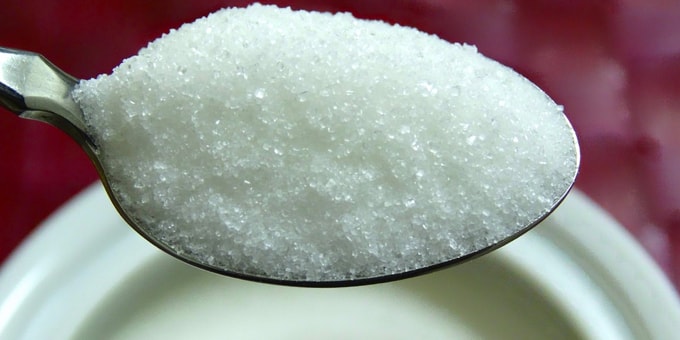STONE AGE DIET – IS IT FOR YOU?
The Stone Age diet, often referred to as the “Caveman” or Paleolithic diet focuses on eating like our ancestors did 10,000 years ago. Why do so many choose this diet? Many think this diet may help them become healthier, lose weight, and curb disease. The basic concept of this diet is “if the cavemen did not eat it then you shouldn’t either!”
PALEO DIET
With the focus of the Paleo diet being what our ancestors ate years ago, this means foods that can be hunted, fished, or gathered are on the ‘ok’ list. Good foods are meat, fish, shellfish, poultry, eggs, veggies, roots, fruits, and berries. What foods are not included in the Paleo diet? No grains, no legumes, no sugar, and no salt. These foods are not included in the Paleo diet because they are believed to be responsible for the onset of some chronic conditions.
The Paleo is a popular diet because if followed correctly, it can increase a person’s intake of fruit and vegetables, cuts out added sugars and sodium, and is rich in protein. These benefits can help control blood sugar, regulate blood pressure, contribute to weight loss, and may even help prevent diabetes.
STONE AGE DIET DOWNFALLS
One downfall of this diet is the lack of carbohydrates. It can be difficult to follow the recommended Dietary Guidelines of carbohydrate intake because the Paleo diet excludes many sources of carbohydrates as well as whole grains and legumes. Whole grains and legumes are high in fiber so if following a Paleo diet, it is important to supplement this loss of a source of fiber with other sources such as vegetables and fruits.
As with any diet, overconsumption can cause unwanted weight gain and may not help alleviate health conditions or complications. When following a Paleo diet is important to still keep in mind proper serving sizes. The Paleo diet can be high in fat so it is necessary to monitor the amount of fat you are consuming and keep it within the Dietary Guidelines.
Following a Paleo diet this day and age is no easy task. This can be a difficult diet to sustain because our society has evolved dramatically since the caveman days. For example, the meat products found in the supermarkets might not be wild game but rather domesticated beef cattle. Also, many fruits and vegetables are harvested on farms or contain GMO’s.
MODIFY & KEEP THE BASICS
Modifications can be made to the Paleo diet to better fit your lifestyle but still keep the basic idea of the diet. For example, eating wild-caught fish, grass-fed meats, and organic fruits and vegetables are some ways to keep the Paleo diet in check. This diet does take careful planning and can be costly. If interested in the diet, try making some changes to your meal plans and make the changes over a few weeks’ time for an easier transition.
“Paleo is not a diet, it is a lifestyle choice.” –Unknown
-Dishin’ Out Healthy, Health Educator: Nichelle

